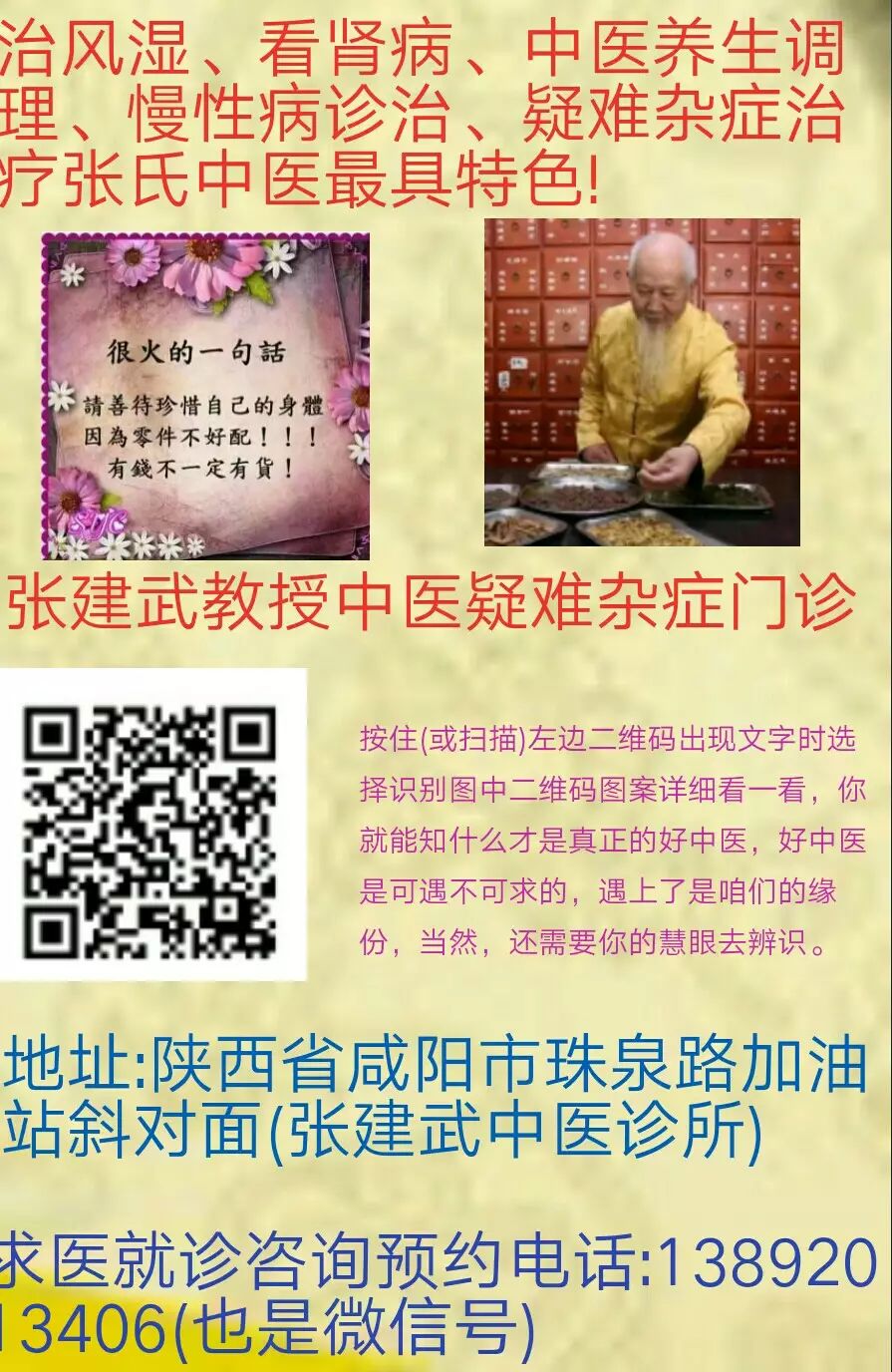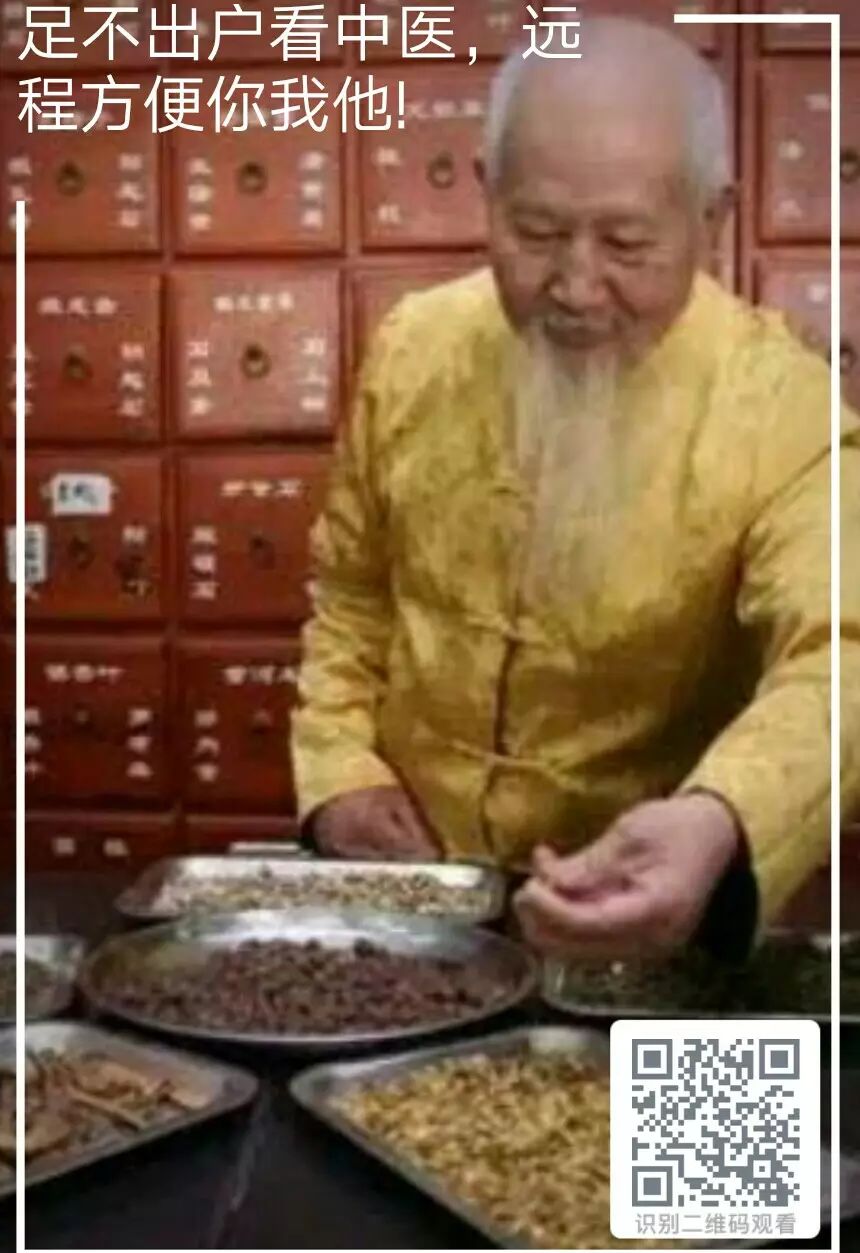 Traditional Chinese Medicine (TCM) believes that everything in the universe is composed of Yin and Yang. Humans and the universe form a unified natural entity, and the human body is also made up of the dual energies of Yin and Yang. These two energies complement and interact with each other to maintain health. If there is an imbalance between Yin and Yang, our health will be compromised. This is why TCM emphasizes the need to “regulate Yin and Yang to treat all diseases”; when Yin-Yang is balanced, illness does not arise. Below, we will introduce how TCM regulates Yin and Yang. In the “Su Wen: On the Correspondence of Yin and Yang,” it states: “Yin and Yang are the principles of heaven and earth… To treat illness, one must seek the root.” This means that Yin and Yang are universal laws governing the movement and change in nature; therefore, the treatment of diseases must be understood and addressed from the fundamental perspective of Yin-Yang changes. The “root” here refers to the essence of Yin and Yang. The occurrence of diseases is fundamentally due to the imbalance of Yin and Yang, so to treat diseases, one must explore the root of the pathological changes, whether it originates from Yin or Yang.As the ancients said: “The unity of Yin and Yang is called the Dao; the imbalance of Yin and Yang is called disease. The human body consists of nothing but the energies of Yin and Yang, along with their circulation. When Yin and Yang are balanced, disease does not arise.” The “Guide to National Medicine: The Meaning of Yin and Yang” also points out: “Humans are formed by the combination of Yin essence and Yang energy. The onset of disease is also nothing but the two words Yin and Yang; harmony leads to life, while disharmony leads to illness.” This passage further explains that the occurrence and development of various diseases are the result of the loss of relative dynamic balance between Yin and Yang. The pathological changes caused by the imbalance of Yin and Yang are the basic laws of pathology. It is well known that one of the fundamental characteristics of traditional Chinese medicine is the differentiation of syndromes and treatment. The so-called “differentiation of syndromes” involves analyzing, synthesizing, and summarizing various phenomena and signs of diseases collected through the four diagnostic methods: observation, listening, inquiry, and palpation, to determine a certain nature of “syndrome”; “treatment” or “therapeutic application” is then based on the results of the differentiation to determine the corresponding treatment methods. The process of differentiation and treatment is the process of understanding and resolving diseases. Therefore, as a TCM practitioner, it is crucial to master the differentiation of syndromes.
Traditional Chinese Medicine (TCM) believes that everything in the universe is composed of Yin and Yang. Humans and the universe form a unified natural entity, and the human body is also made up of the dual energies of Yin and Yang. These two energies complement and interact with each other to maintain health. If there is an imbalance between Yin and Yang, our health will be compromised. This is why TCM emphasizes the need to “regulate Yin and Yang to treat all diseases”; when Yin-Yang is balanced, illness does not arise. Below, we will introduce how TCM regulates Yin and Yang. In the “Su Wen: On the Correspondence of Yin and Yang,” it states: “Yin and Yang are the principles of heaven and earth… To treat illness, one must seek the root.” This means that Yin and Yang are universal laws governing the movement and change in nature; therefore, the treatment of diseases must be understood and addressed from the fundamental perspective of Yin-Yang changes. The “root” here refers to the essence of Yin and Yang. The occurrence of diseases is fundamentally due to the imbalance of Yin and Yang, so to treat diseases, one must explore the root of the pathological changes, whether it originates from Yin or Yang.As the ancients said: “The unity of Yin and Yang is called the Dao; the imbalance of Yin and Yang is called disease. The human body consists of nothing but the energies of Yin and Yang, along with their circulation. When Yin and Yang are balanced, disease does not arise.” The “Guide to National Medicine: The Meaning of Yin and Yang” also points out: “Humans are formed by the combination of Yin essence and Yang energy. The onset of disease is also nothing but the two words Yin and Yang; harmony leads to life, while disharmony leads to illness.” This passage further explains that the occurrence and development of various diseases are the result of the loss of relative dynamic balance between Yin and Yang. The pathological changes caused by the imbalance of Yin and Yang are the basic laws of pathology. It is well known that one of the fundamental characteristics of traditional Chinese medicine is the differentiation of syndromes and treatment. The so-called “differentiation of syndromes” involves analyzing, synthesizing, and summarizing various phenomena and signs of diseases collected through the four diagnostic methods: observation, listening, inquiry, and palpation, to determine a certain nature of “syndrome”; “treatment” or “therapeutic application” is then based on the results of the differentiation to determine the corresponding treatment methods. The process of differentiation and treatment is the process of understanding and resolving diseases. Therefore, as a TCM practitioner, it is crucial to master the differentiation of syndromes. TCM has various methods of differentiation, such as differentiation based on etiology, meridian differentiation, Qi-Blood-Fluid differentiation, Eight Principles differentiation, Zang-Fu differentiation, Six Meridians differentiation, and San Jiao differentiation. However, regardless of the differentiation method used, it must be summarized and analyzed using Yin and Yang. The most commonly used method in clinical practice is the Eight Principles differentiation, which serves as the general guideline for various differentiation methods, with Yin and Yang being the overarching principle that governs exterior-interior, cold-heat, and deficiency-excess, where exterior, heat, and excess belong to Yang, while interior, cold, and deficiency belong to Yin.
TCM has various methods of differentiation, such as differentiation based on etiology, meridian differentiation, Qi-Blood-Fluid differentiation, Eight Principles differentiation, Zang-Fu differentiation, Six Meridians differentiation, and San Jiao differentiation. However, regardless of the differentiation method used, it must be summarized and analyzed using Yin and Yang. The most commonly used method in clinical practice is the Eight Principles differentiation, which serves as the general guideline for various differentiation methods, with Yin and Yang being the overarching principle that governs exterior-interior, cold-heat, and deficiency-excess, where exterior, heat, and excess belong to Yang, while interior, cold, and deficiency belong to Yin. In the “Su Wen: On the Correspondence of Yin and Yang,” it states: “A good diagnostician observes color and pulses, first distinguishing between Yin and Yang.” This means that for a physician skilled in diagnosing diseases, the primary task is to use the four diagnostic methods to differentiate whether the syndrome belongs to Yin or Yang. For those seeking wellness, it is essential to regularly check for signs of Yin-Yang imbalance within the body. Once detected, immediate measures should be taken to achieve a state of balance, as maintaining the coordination and balance of Yin and Yang becomes an important principle of wellness. Whether it is in terms of mental state, diet, daily routine, or exercise, as well as self-care or medication use, all must adhere to the principle of Yin-Yang coordination and balance, aiming for a state of equilibrium.
In the “Su Wen: On the Correspondence of Yin and Yang,” it states: “A good diagnostician observes color and pulses, first distinguishing between Yin and Yang.” This means that for a physician skilled in diagnosing diseases, the primary task is to use the four diagnostic methods to differentiate whether the syndrome belongs to Yin or Yang. For those seeking wellness, it is essential to regularly check for signs of Yin-Yang imbalance within the body. Once detected, immediate measures should be taken to achieve a state of balance, as maintaining the coordination and balance of Yin and Yang becomes an important principle of wellness. Whether it is in terms of mental state, diet, daily routine, or exercise, as well as self-care or medication use, all must adhere to the principle of Yin-Yang coordination and balance, aiming for a state of equilibrium. If more people can achieve their Yin-Yang balance early, many modern incurable diseases such as hypertension, diabetes, cancer, and kidney failure may never occur, thus avoiding the need to spend hundreds of thousands or even millions on organ transplants.
If more people can achieve their Yin-Yang balance early, many modern incurable diseases such as hypertension, diabetes, cancer, and kidney failure may never occur, thus avoiding the need to spend hundreds of thousands or even millions on organ transplants.
